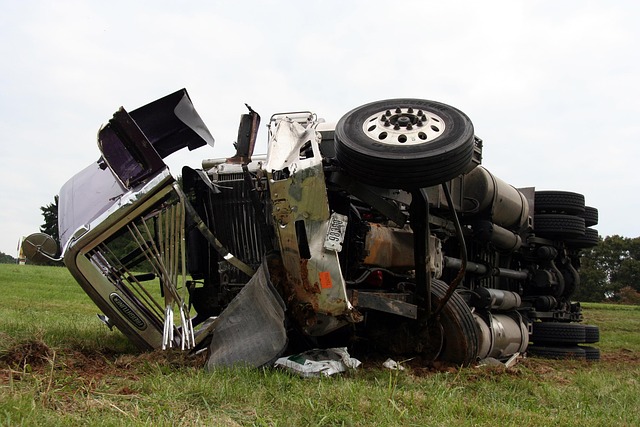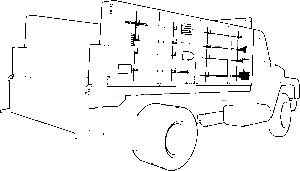Register Car: Step-by-Step Guide to California DMV VIN Verification
Looking to register your car in California? This comprehensive guide breaks down the process step-by-step. From understanding key requirements to gathering essential documents, you’ll learn how to nav…….

Looking to register your car in California? This comprehensive guide breaks down the process step-by-step. From understanding key requirements to gathering essential documents, you’ll learn how to navigate the DMV VIN verification process efficiently. We cover everything from preparing your application to receiving your official California vehicle registration papers. Get ready to hit the road legally and confidently!
- Understand California Vehicle Registration Requirements
- Gather Necessary Documents for Car Registration
- Perform DMV VIN Verification Step-by-Step
- Submit Application and Pay Fees at DMV
- Receive Your California Vehicle Registration Papers
Understand California Vehicle Registration Requirements

Before registering your vehicle in California, it’s crucial to understand the state’s specific requirements for vehicle identification number (VIN) verification. The California Department of Motor Vehicles (DMV) mandates a thorough inspection of every vehicle to ensure compliance with safety and environmental standards. This process involves verifying the VIN, which is a unique identifier for your car, truck, or motorcycle. A mobile vin inspection or mobile vin verifier can be particularly convenient, allowing you to complete this step without visiting a DMV office.
During the registration process, the DMV will cross-check your vehicle’s information with their records, including the VIN, to ensure it matches and that there are no outstanding issues or recalls. This vin verification is essential to issuing a valid registration certificate and license plate. By ensuring your VIN is accurate and up-to-date, you streamline the registration process and help maintain California’s stringent vehicle regulations.
Gather Necessary Documents for Car Registration

Before you begin the registration process, ensure you have all the essential documents ready. The California Department of Motor Vehicles (DMV) requires specific information to verify your vehicle’s identity and history. This includes a valid driver’s license or ID card, proof of insurance, and perhaps the most crucial document, the Vehicle Identification Number (VIN) inspection report. You can obtain this through a traditional vin inspection at a designated service center or opt for a more convenient mobile vin verification service.
The DMV also asks for registration fees and, in some cases, evidence of previous registration or a title transfer. Having these documents readily available will streamline the car registration process and help avoid any potential delays. Additionally, keep in mind that certain types of vehicles might have specific requirements, so it’s always best to check with the DMV beforehand.
Perform DMV VIN Verification Step-by-Step

Performing a DMV VIN (Vehicle Identification Number) verification is a crucial step when registering your car in California. Here’s a straightforward guide on how to do it:
1. Gather Required Documents: Before beginning, ensure you have all necessary paperwork. This typically includes your vehicle’s registration certificate, proof of ownership, and a valid driver’s license. Some customers may also need to provide identification documents like a passport or state ID card.
2. Locate Your Vehicle: The process starts by going to the California DMV website and selecting the “VIN Verification” option. You’ll be prompted to enter your vehicle’s unique VIN number. This can usually be found on the vehicle registration, driver side door jamb, or engine bay. Once entered, click ‘Verify’. If your vehicle is eligible for a quick digital verification, you may complete this step online. Alternatively, if further inspection is required, schedule a mobile vin inspection or visit a nearby DMV field office. The system will then cross-reference the VIN with its records to ensure the vehicle’s details match and there are no outstanding issues.
Submit Application and Pay Fees at DMV

Once you’ve gathered all necessary documents and information, it’s time to head to the DMV for vehicle registration. The process typically involves submitting an application form along with any required fees. During this step, ensure that your vehicle passes the DMV vin verification process, which checks crucial details like the vehicle identification number (VIN) to confirm its authenticity and history.
At the DMV, you’ll fill out an application, providing essential details about your car such as make, model, year, and ownership information. Alongside this, you’ll need to pay the relevant fees, which cover administrative costs and may include taxes and registration charges. Some locations offer the option for mobile vin verification using a specialized tool or app, known as a mobile vin verifier, allowing for quicker processing by checking the VIN data remotely during your visit.
Receive Your California Vehicle Registration Papers

After completing your vehicle’s purchase, it’s time to receive your official California Vehicle Registration Papers. This essential document is issued by the California Department of Motor Vehicles (DMV) and includes crucial details about your car, such as its make, model, year, and unique identification number, known as a Vehicle Identification Number (VIN). The VIN is a 17-character code that serves as a digital fingerprint for your vehicle, making it an integral part of the registration process.
To ensure everything is in order, it’s recommended to conduct a DMV VIN verification. This involves using reliable tools like mobile vin verifiers or performing a simple online check to confirm the vehicle’s history and identify any potential issues. Some buyers opt for a vin inspection by professional services, while others may utilize mobile vin verifier apps for convenience. Regardless of your chosen method, ensuring the accuracy of your registration documents is vital for a smooth ownership experience.
Registering a car in California involves understanding the state’s requirements, gathering essential documents, and completing crucial steps like DMV VIN verification. By following these straightforward procedures—from preparing necessary papers to submitting applications and paying fees—you can efficiently obtain your California vehicle registration papers. Remember, a properly registered vehicle ensures legal roadworthiness and access to vital services, making this process a significant step in owning a car in the Golden State.







